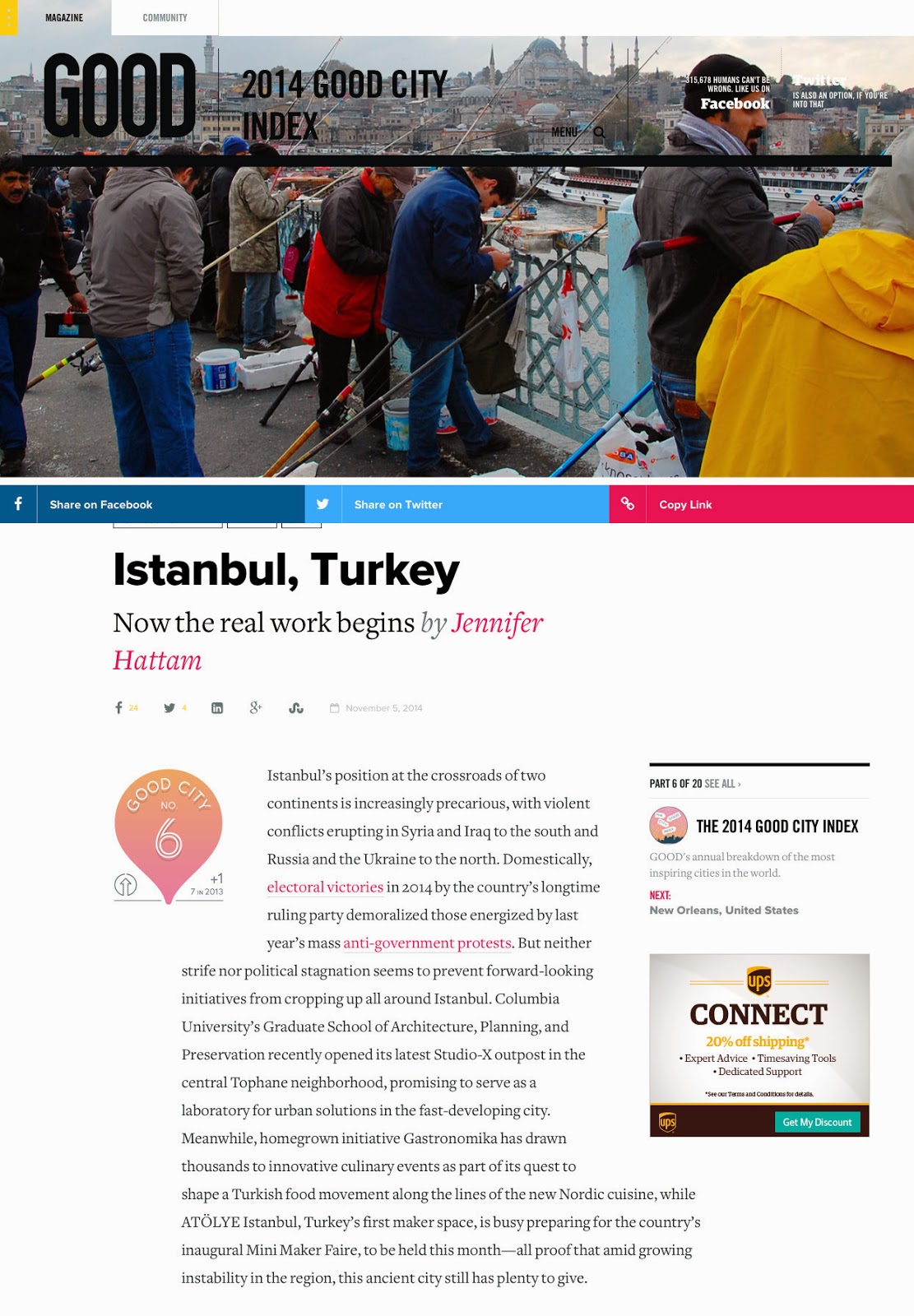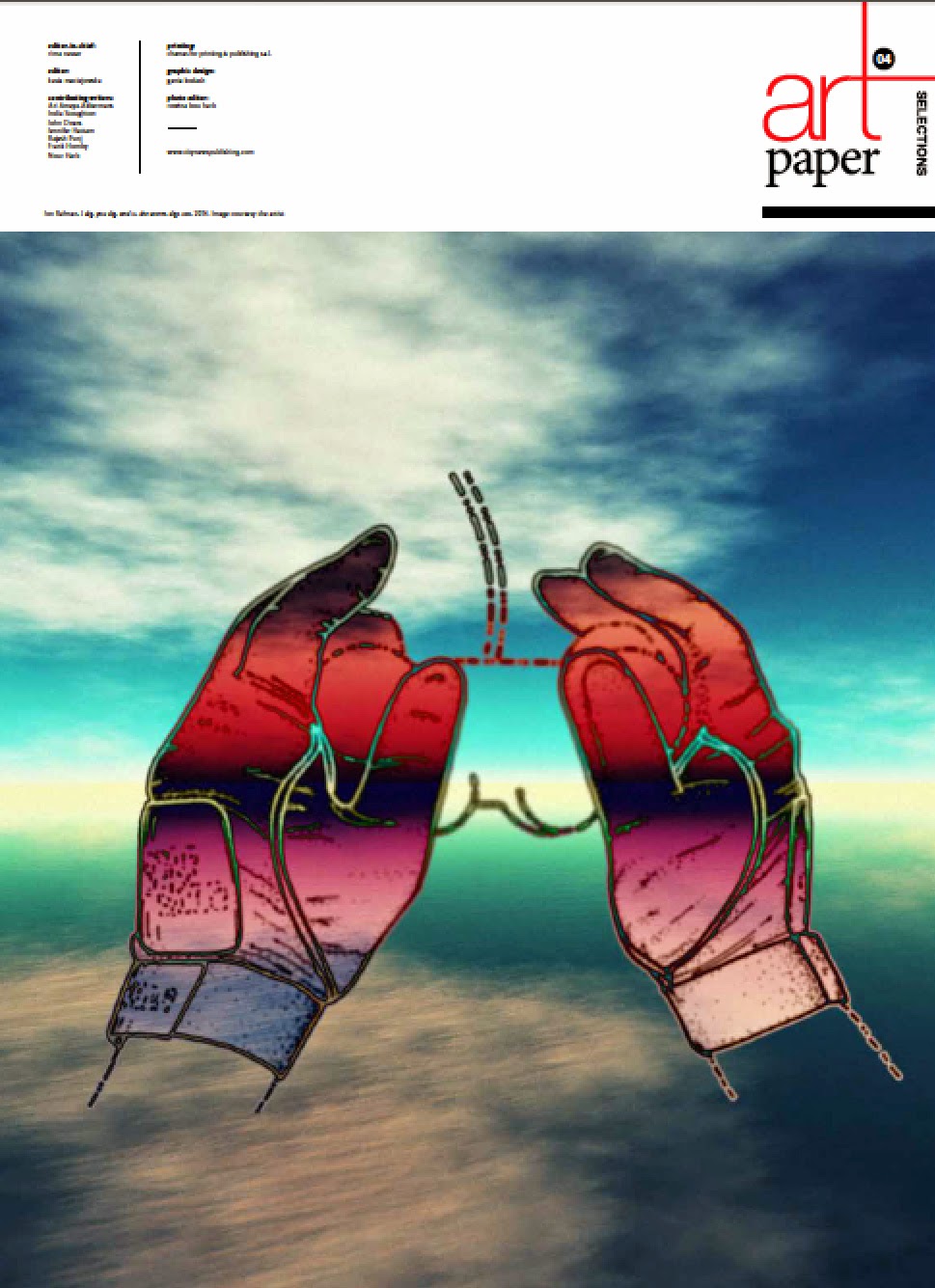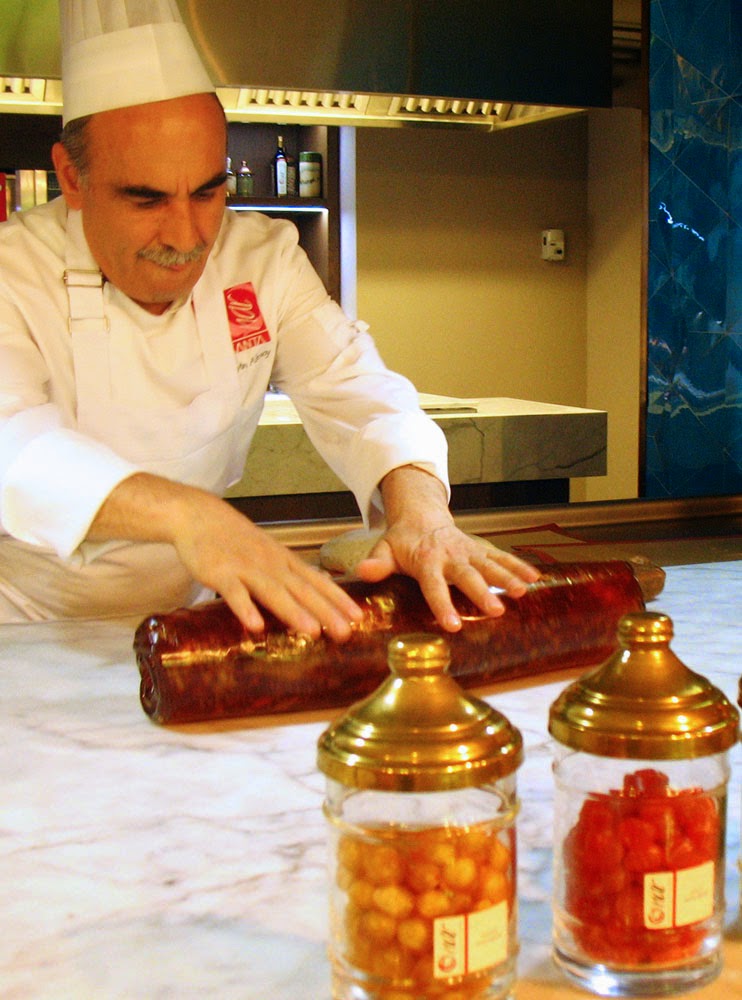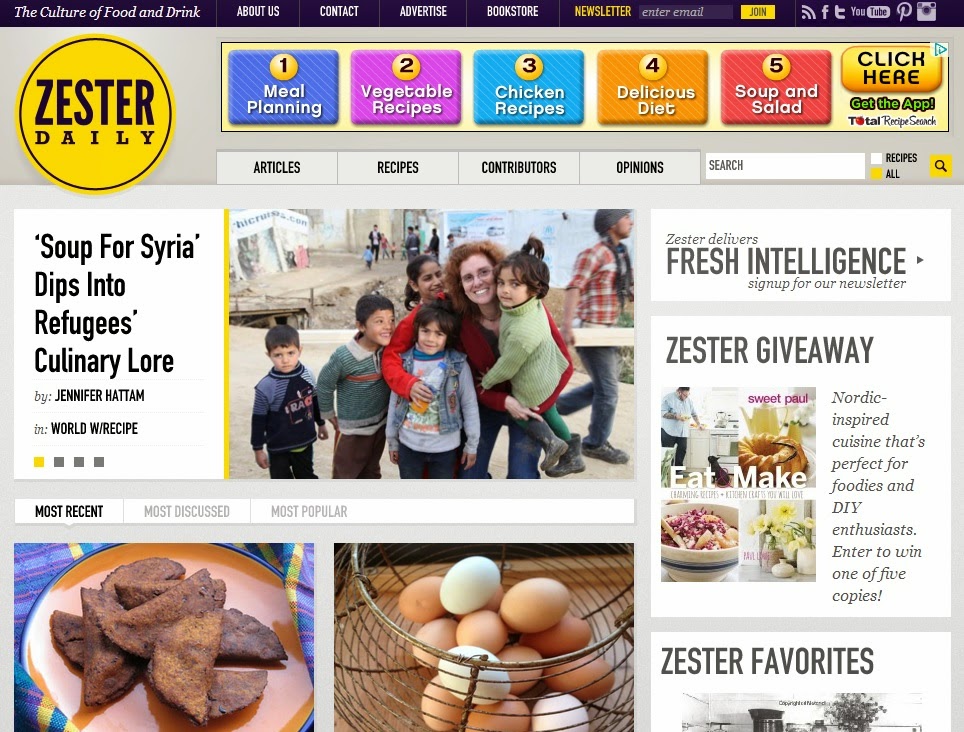Adventures in Turkish cooking

Travel throughout southeastern Turkey in the height of summer and you’re likely to see rooftops, courtyards and gardens blanketed with color — row after row of peppers, eggplant and other vegetables drying in the sun. Later rehydrated to be stuffed or stewed, dried vegetables are an essential ingredient in the traditional Turkish kitchen, but one that can be difficult to replicate for urban dwellers without a balcony or even a sunny window to call their own. How to reconnect residents of Turkey’s large cities with the rich culinary culture of their rural roots is just one of the questions being posed by a new Istanbul-based group seeking to re-envision and rebrand Turkish cuisine, in much the same way as the New Nordic culinary movement has both celebrated and changed Scandinavian cooking... Read the rest of my article about the innovative Gastronomika collective on Zester Daily: " Reinventing Turkish Traditions For A New Generation "












